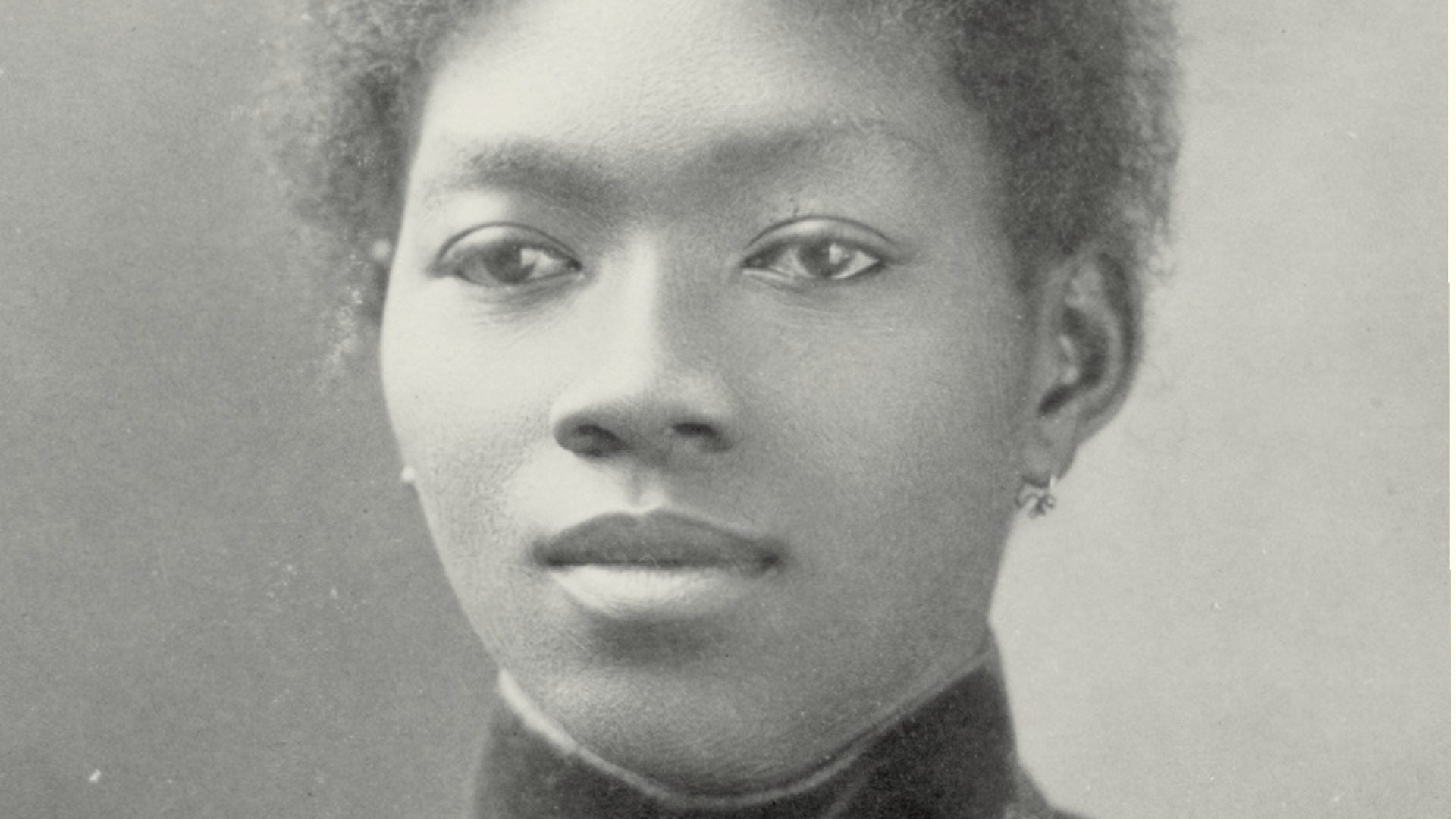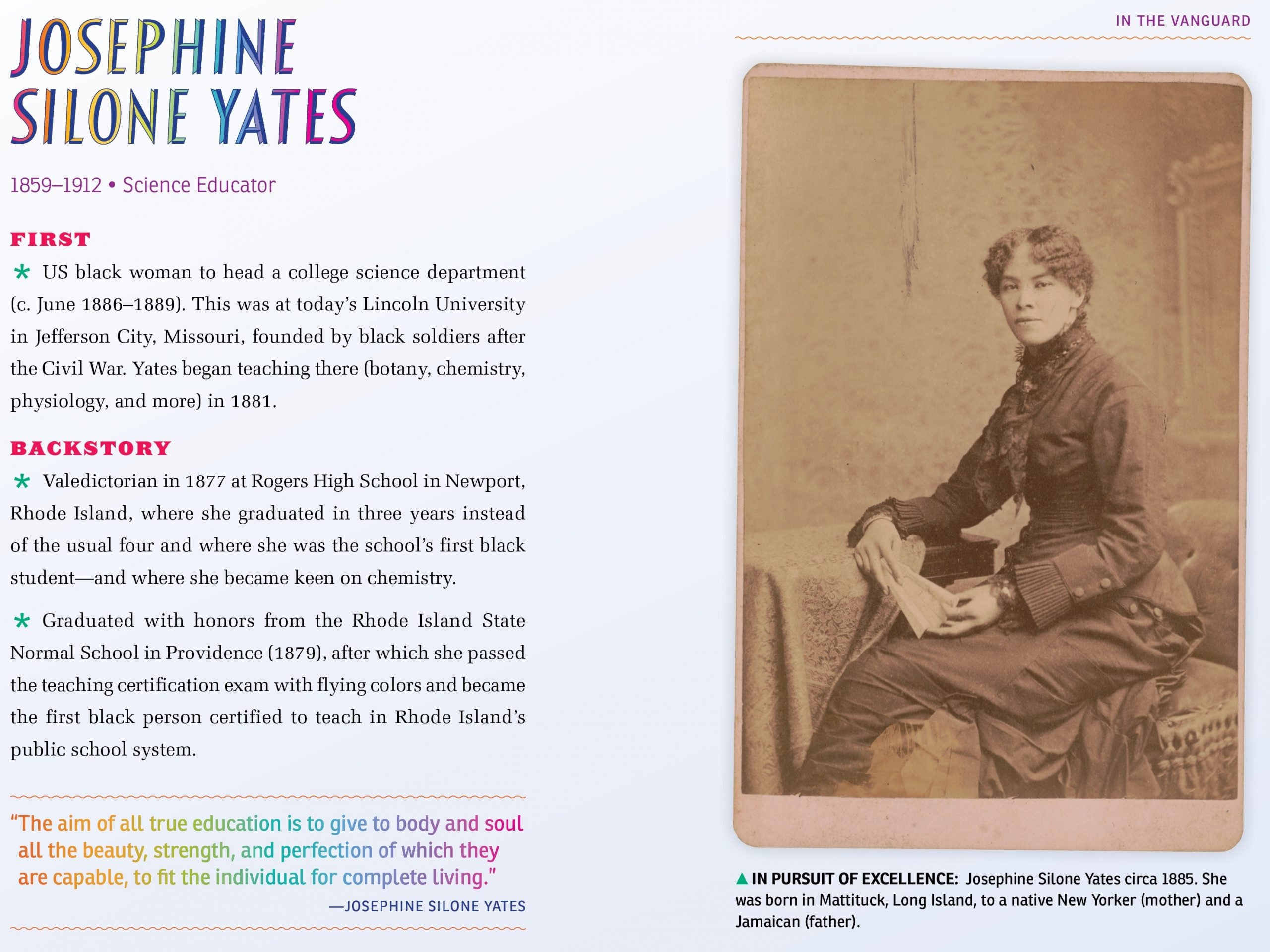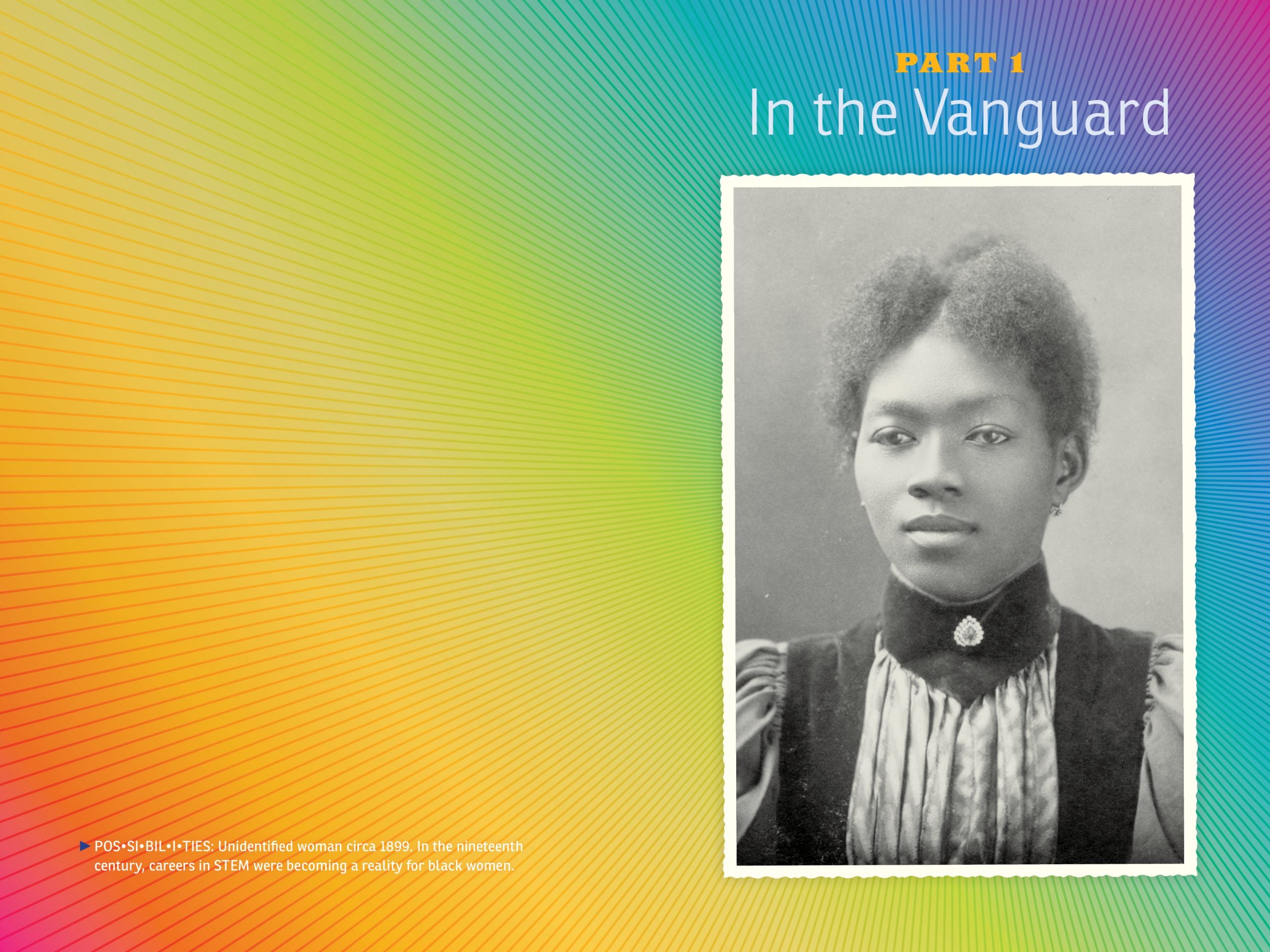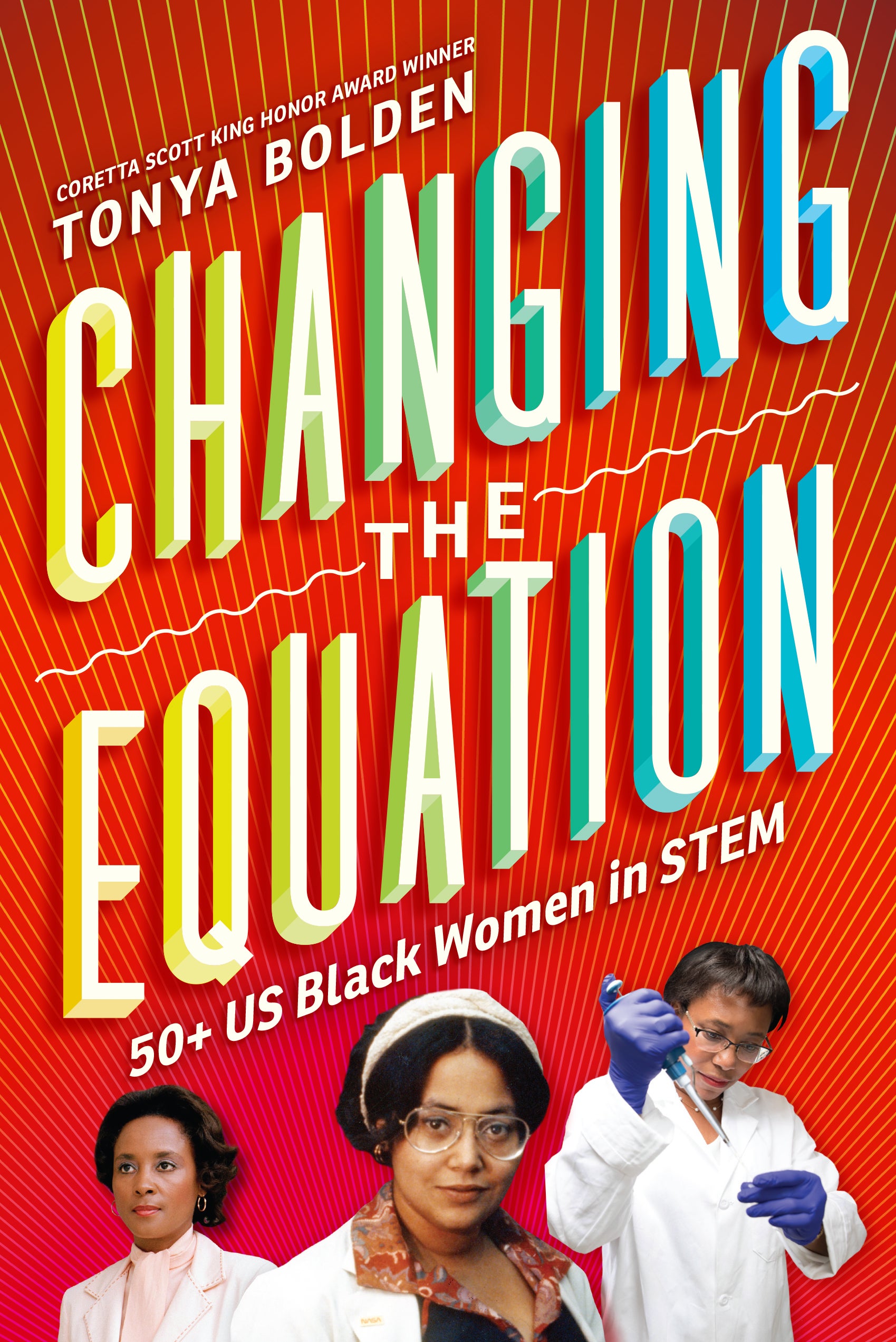
Thanks to the award-winning film Hidden Figures, Black women working in the world of STEM—science, technology, engineering and math—had a major moment in 2016. Moviegoers around the globe were exposed to the remarkable lives of Katherine Johnson, Dorothy Vaughan, and Mary Jackson played by Taraji P. Henson, Octavia Spencer, and Janelle Monáe respectively.
While many of us may have known about the lives of these brilliant Black women “computers,” to see their stories unfold on a cinema-sized screen was a pivotal moment for the culture. Around that same time, award-winning author Tonya Bolden was already taking a deep dive into one particular woman’s story.
“Before Hidden Figures, I was working on my book Pathfinders: The Journeys of 16 Extraordinary Black Souls. I was working on an entry for Katherine Johnson and I became more curious. I thought what about other Black women?” says Bolden.
In March of this year, the New York-based author will answer that question with the release of her latest book, Changing the Equation: 50+ US Black Women in STEM.
Spread across three sections and 208 pages, Bolden gives a tween-age audience an overview of women we need to know from both the past and present. Though targeted towards a Y.A. demographic, it’s a book geared toward anyone with an interest in the trailblazing legacies of Black women.
“It’s so important to honor the pioneers. That’s why the book begins with Rebecca Crumpler who earned a medical degree in 1864 which is a year before slavery is abolished. It’s a few years before Black people had citizenship. Before Black men had the vote, before all women had the national vote.”
The book notes that in 1860, of the 54,543 licensed physicians in the U.S., 300 were women. Few of these women also had OB-GYN training like Crumpler.
While Bolden’s fascination with each of these women is undeniable, it’s clear from speaking with her that some have stuck with her long after submitting the first draft of the book, women like Pamela McCauley an industrial engineer.
“[Pamela] was 15 years old, became pregnant…and a lot of people wrote off. Like she’s going to be a quote, unquote ‘welfare mom.’ She went on to get a Ph.D. in industrial engineering,” Bolden enthused.
Like so many women in the pages of Changing The Equation, McCauley endured challenge after challenge and subsequently, triumph after triumph. Considering the odds, the book is more than a mini-encyclopedia, it’s an enduring display of Black women who just kept going…and going…and going.
“There are so many phenomenal Black women past and present and they ought to be like household names,” Bolden says.

According to the National Science Foundation, fewer than two in ten science and engineering employees in the United States were women of color in 2015. Statistics like this coupled with a culture that sees bias against girls favoring math as early as the ninth grade, it’s easy to understand how delicate the STEM career pipeline is. This is especially true when it comes to Black and brown women.

Visibility is everything and flipping through hundreds of colorful images featuring Black women chemists, aviators, marine biologists, roboticists— some living, and some long gone— is inspiring. “When I was young, had I known what a cultural anthropologist was, I might’ve pursued that. I just knew the anthropologists, the bones and stuff,” Bolden says.
It’s enough to excite the inner child of any Black woman fighting to be seen. These women chose careers that many of us didn’t even consider as an option as children. Myself, included.
“I want readers to take away the fact that so much is possible. These women overcame sexism, poverty,” says Bolden about the women she selected for her book. “I just want people—even if you don’t want to pursue a career in STEM— to just celebrate these women and applaud.”
Changing the Equation: 50+ US Black Women in STEM is available everywhere March 3, 2020.
Interested in learning more about Black women working in the world of STEM? Then check out UnBossed podcast featuring marine biologist and activist Ayana E. Johnson below:
